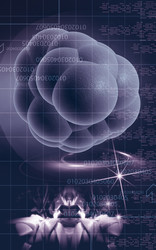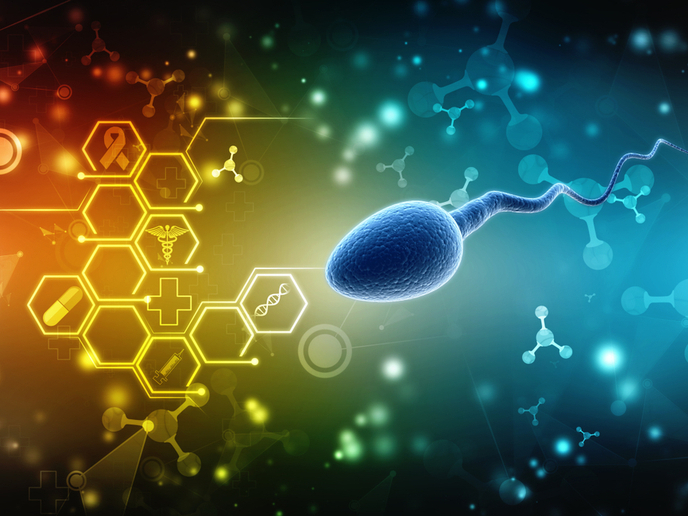Guiding tissue regeneration
Pluripotent stem cells hold great promise in the fields of regenerative medicine and disease modelling. They exist in naive and primed states, the mouse versions being embryonic stem cells (ESCs) and the developmentally more advanced epiblast stem cells (EpiSCs), respectively. The MMSR (The molecular mechanisms of stem cell self renewal) project has investigated the role of Wnt signalling proteins in the self-renewal and differentiation of human and mouse pluripotent stem cells. Having a high degree of conservation across species, from Drosophila to humans, Wnt signalling lies at the foundation of embryonic development. Moreover, its dysfunction is linked with diseases such as insulin sensitivity and cancer. MMSR researchers made some surprising discoveries. Wnt signals act as self-renewal factors for ESCs and are indeed required to inhibit their development into EpiSCs. Furthermore, the source of the Wnt proteins is the ESCs themselves and they therefore regulate the naive-to-primed pluripotency transition. As human ESCs (hESCs) differ from mouse ESCs and possess some degree of primed pluripotency, this may be significant in the reprogramming of adult human cells to the pluripotent state. One of the major obstacles in therapeutic applications of hESCs is that there is limited control of differentiation. The researchers showed that endogenous Wnt signals are hidden mediators of growth factor-induced differentiation, specifically Bmp4. A member of the bone morphogenetic protein family, Bmp4 induces mesoderm formation via gastrulation factors. In contrast, Bmp4 is Wnt independent in the induction of trophoblast differentiation and this renders it useful for differentiation to either lineage. Further control of differentiation is possible as endogenous Wnt signals interfere with self-renewal of hESCs and mouse EpiSCs. Indeed, Wnt inhibition is so effective in suppressing differentiation that there is no need for the usual manual removal of differentiated cells, greatly reducing the skills and labour involved in working with hESCs. Project results promise to have an impact on the guided differentiation of hESCs in the areas of stem cell therapy and research. This molecular analysis represents a first as a comprehensive resource of the molecular dynamics of self-renewal.







